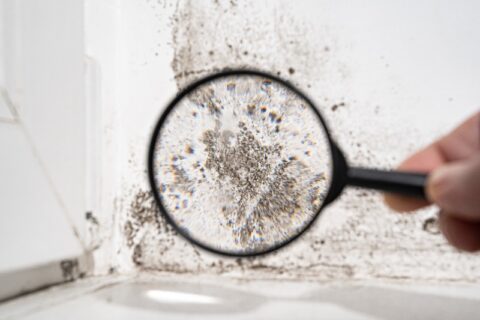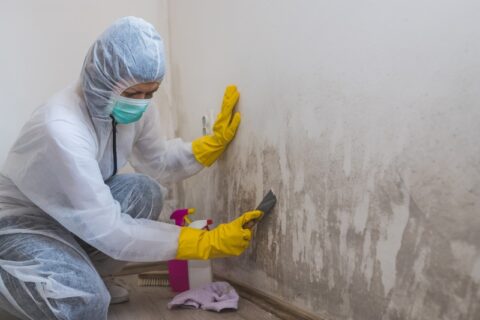Legal and Insurance Considerations for Mold Remediation
Mold can pose serious risks to your home’s structure and your family’s health. Successful mold remediation often starts with considering the legal responsibilities of homeowners and landlords, along with potential insurance coverage for mold-related expenses. Use this guide to help you navigate legal and insurance considerations for mold remediation.
Homeowner and Landlord Responsibilities Regarding Mold Growth
Property owners are responsible for maintaining a safe and healthy living environment. Whether you live onsite or rent the property to tenants, you must promptly address mold issues. Legal obligations often entail ensuring proper ventilation, addressing leaks and moisture problems immediately, and taking proactive steps to prevent mold growth. Failure to meet these requirements may lead to health problems for residents and potential legal liabilities.
Understanding Insurance Coverage for Mold Remediation
Mold removal can be costly, making insurance coverage a critical component of the financial equation. However, the extent to which home insurance covers mold restoration expenses varies significantly.
Policies typically only cover mold damage if it results from a “covered peril,” such as water damage from a burst pipe, and you must report the incident promptly. Even if the situation qualifies for an insurance payout, mold remediation coverage limits tend to be quite low. Coverage may also be excluded for mold arising from neglect or unresolved maintenance issues. Check your policy for specific dollar limits, exclusions, and endorsements that extend your mold coverage.
Commonly Excluded Types of Water Damage
Flooding and water damage are closely linked to mold growth, as these conditions create the perfect environment for mold to thrive. Standard homeowner’s insurance policies usually cover sudden and accidental water damage coming from inside the house but exclude flooding from external sources. For this, you need a separate policy through the National Flood Insurance Program.
Where Do Mold Remediation Services Come into Play?
While you may be able to remove localized patches of mold growth yourself, professional remediation is required to effectively address widespread issues. Experts assess the location and extent of the mold growth, contain the affected areas to prevent spores from spreading, and take the necessary steps to remove mold safely. Next, they restore the property by thoroughly cleaning and drying the structure. Building materials and personal belongings are salvaged whenever possible, while anything damaged beyond repair is removed and replaced.
Choosing a reputable service provider ensures that the remediation process is thorough and complies with health and safety standards. The company should also help you navigate insurance claims to help this potentially confusing part of the recovery process go as smoothly as possible.
Schedule Mold Remediation Services in the San Diego Area
Whether or not home insurance covers the mold growth you just found, Pacific Flood Restoration can help. Our team provides dependable, timely, and professional mold remediation services in San Diego and North County San Diego. With a commitment to transparency, ethical business standards, and customer satisfaction, you can trust us to handle your restoration project, whether large or small. To request professional mold removal and remediation, please contact us at 760-815-3033 today.


